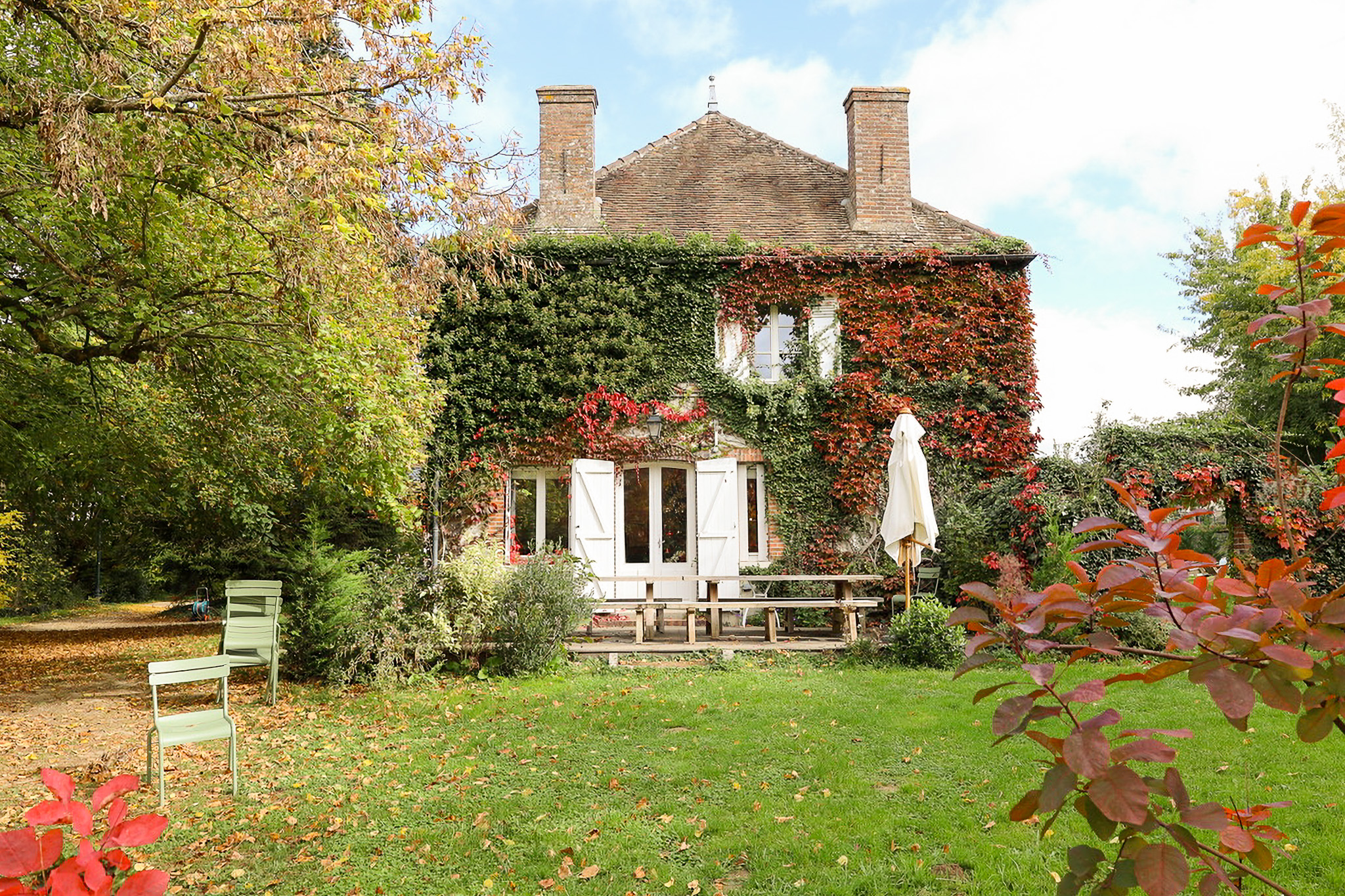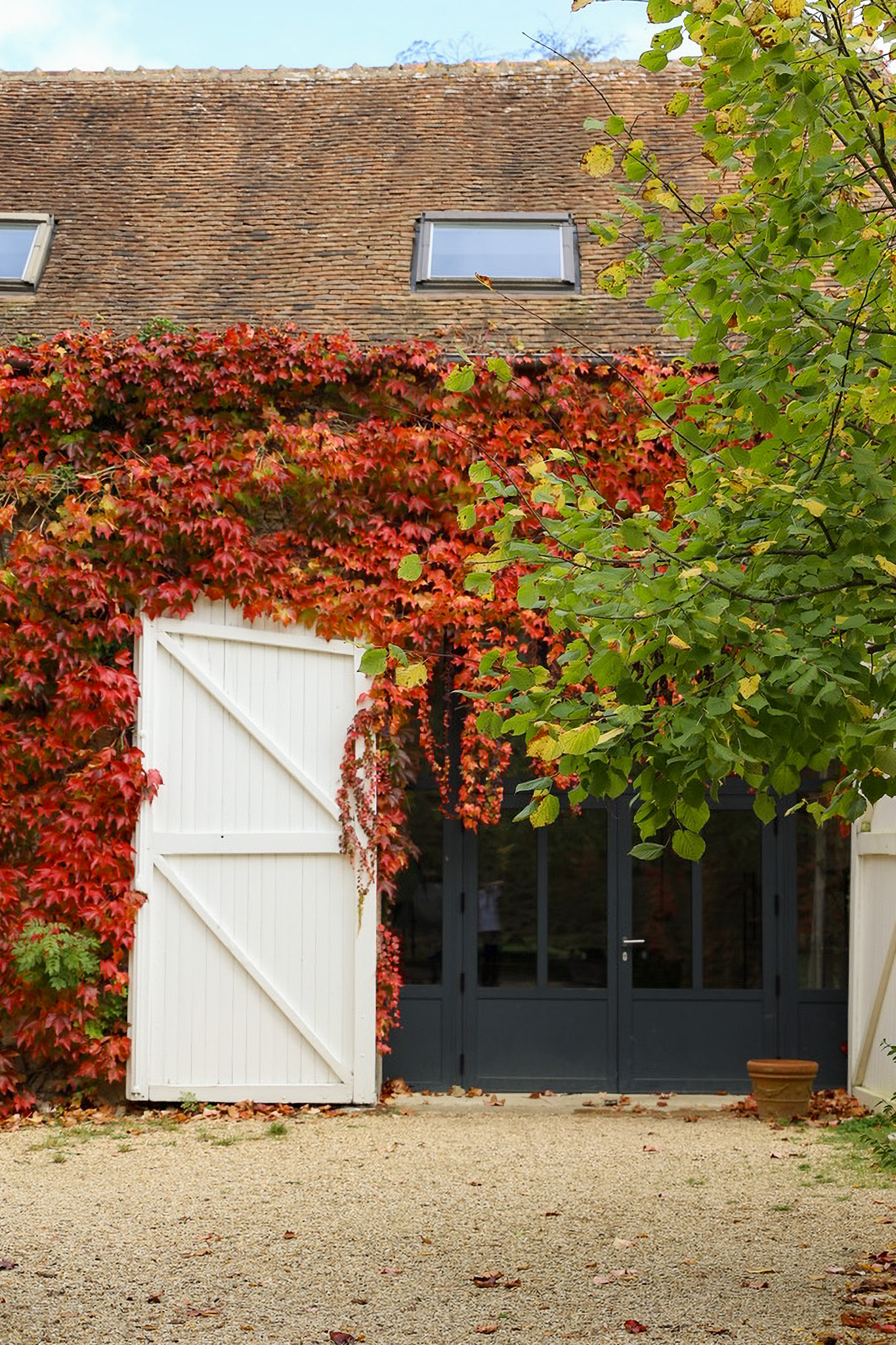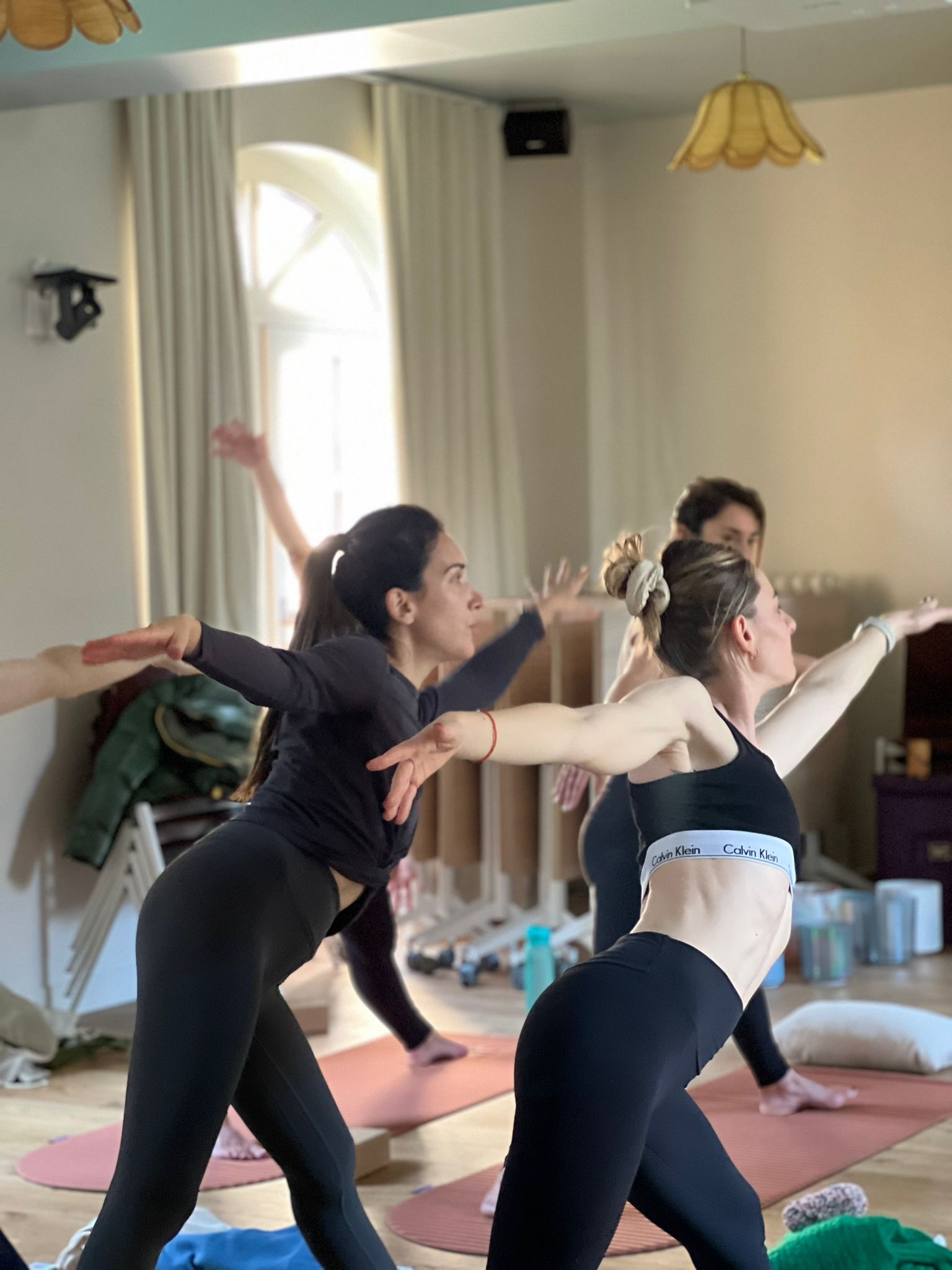Reinventing workspaces: how design promotes well-being
Imagine a world where the color of walls, the shape of furniture and the size of windows are not just aesthetic factors, but elements carefully designed to maximize our well-being. In this article, we explore how our environment has profound effects on creativity, innovation and satisfaction. Find out how The Oasis House integrates these principles into its homes to optimize the well-being of their occupants!
Architecture and well-being: a long-standing link
Is the effect of design on mood a recent discovery? In fact, as far back as Greek antiquity, Hippocrates foresaw the influence of urban planning on the mental health of citizens. Feng Shui is based on a similar idea: by balancing energy flows within homes, this age-old practice is said to act to preserve health, prosperity and harmony.
So, far from being innovative, the idea of a link between design and well-being comes from the depths of time. In concrete terms, how can we take advantage of this link to optimize the quality of life of the inhabitants and occupants of a space? The idea is to redesign rooms, taking into account wall colors, furniture positions, lighting and even the presence of indoor plants.
Note that these principles don't just apply to the private sphere. Your employees and collaborators are just as affected by the design of their workspaces!
The effects of architecture on work teams
Why should companies take a closer look at their office design? Discover some of the effects of architecture on team satisfaction and productivity.
- Environments that facilitate collaboration encourage employees to share more. The emergence of collective work zones makes collaboration between employees and teams more fluid, which has a beneficial effect on innovation and creativity.
- A tidy, aesthetically pleasing space reduces employee stress. Natural light plays a particularly important role in people's sense of comfort. In fact, according to a Cornell University studyoffices with good natural lighting experience an 84% reduction in symptoms of visual fatigue, headaches and blurred vision. As a result, good lighting promotes productivity and well-being.
- The introduction of plants and access to nature are also essential factors in employee productivity. A Harvard study in 2015 revealed that employees working in green buildings performed twice as well on cognitive tests as those in "traditional" buildings. It's not for nothing that Apple decided to plant over 10,000 trees on its California campus!
In short, green plants, spacious windows and ergonomic desks are far from being superfluous "luxuries". Numerous studies confirm thatinvesting in intelligently designed workspaces improves productivity and employee satisfaction.
Examples of architecture that promotes mental health
How are organizations using design to promote health, well-being and efficiency? See some examples below.
Maggie's Centre in London: therapeutic design to help the sick
Nestled in the heart of London, the Maggie's Centre is a cancer institute whose construction has left nothing to chance. Every room is designed to be welcoming, warm and bright. Some areas are designed to receive visitors, while others are designed for meditation, contemplation or private consultations.
Prioritizing the patient experience to optimize medical spaces is a type of architecture known as "therapeutic" architecture. This discipline explores the influence of the environment on the patient's healing process.
The "Bosco Verticale", a Milanese building that harnesses the virtues of nature
As we have already pointed out, incorporating natural elements into a home has positive effects on quality of life and on productivity at work. Located in the heart of Milan, the "Bosco Verticale"("vertical forest" in French) is a remarkable example of design combining urban planning and greenery. A veritable hanging garden, the building features some 17,000 plants, including almost 1,000 mature trees of 60 different species. This innovative project has inspired architects the world over to rethink the place of nature in major metropolises.
The Oasis House, country homes for well-being
At The Oasis House, we pay particular attention to the design, decoration and atmosphere of our homes. We designed our latest property, the Source, taking into account the most recent studies on architecture and well-being. Built in a rounded shape, this home has been renovated to create a soothing effect. The installation of a Nordic bath completes the experience, allowing guests to relax in the open air.
In addition, The Oasis House offers a wide range of team-building activities to bring out the best in your staff. Meditation sessions, creative workshops, yoga classes and nature walks make your stays and and seminars even more relaxing. Get in touch contact us to personalize your stay in one of our superb country houses!
Sources
https://www.prnewswire.com/news-releases/study-natural-light-is-the-best-medicine-for-the-office-300590905.html
https://cogfx.forhealth.org/
https://www.maggies.org/media/filer_public/93/16/9316d6e0-fc97-40d3-beec-7fd2840ae2b1/maggieswestlondon_designguide.pdf
https://www.theoasishouse.fr/post/les-bienfaits-de-la-nature-sur-la-productivite-au-travail
https://www.stefanoboeriarchitetti.net/en/project/vertical-forest/
https://www.theoasishouse.fr/bien-etre
https://www.theoasishouse.fr/post/seminaire-dentreprise-holistique-objectifs-et-bienfaits
https://www.theoasishouse.fr/contactez-nous
%20(2).webp)






